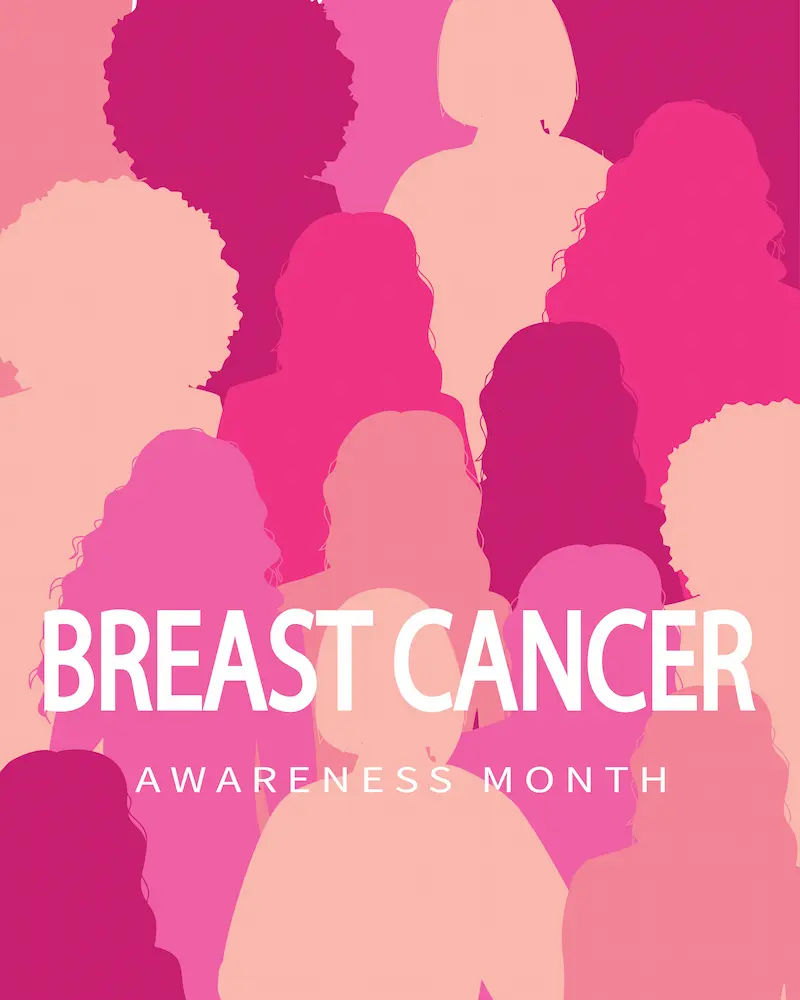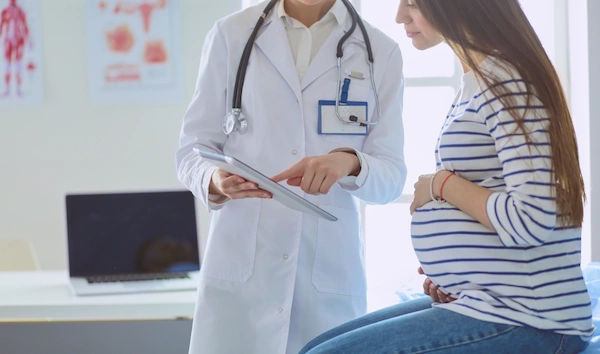- Female
- 27 Years
- 22/01/2025
I've been really curious and honestly a bit worried about the whole G spot thing. Can you explain exactly what the G spot is, where it's located, and how someone can find it? I'm hoping for some practical advice because I want to help my partner discover it at home. Is it even possible, and if so, how do we go about it?
Answered by 1 Apollo Doctors
The G-spot is an area located inside the vagina, about 1-3 inches on the front wall, that can be sensitive and, for some, may lead to heightened sexual pleasure when stimulated. To find it, gently insert one or two fingers and make a "come here" motion towards the belly button. It may take time and patience for both you and your partner to explore and discover what feels best. Open communication and comfort are key.
Dr. Shubham Suggests...
Consult a Obstetrician and Gynaecologist
Answered 04/07/2025
0
0

More Obstetrics & Gynaecology Health Queries
View allWhat causes lower abdominal pain in females?
Lower abdominal pain in females is mostly due to gastrointestinal and genito-urinary conditions such as urinary infection, kidney stones, appendicitis, Irritable bowel syndrome, Endometriosis, Dysmenorrhea (menstrual pain) and ovulation pain. You need to watch for additional symptoms such as burning urine, frequent urination, blood in urine, loose motions, constipation, bloating, vomiting and site of pain to know the cause.
Answered by 1 Apollo Doctors
What is IMR and MMR?
IMR- Infant Mortality Rate . MMR- Maternal Mortility Rate
Answered by 1 Apollo Doctors
Last October I had laparoscopic surgery to remove a dermoid ovarian cyst and my left ovary. Now they found a similar 6.4 cm cyst on my right ovary. Is there any way to shrink this cyst since I'm unmarried and want to preserve my fertility?
Hormonal cysts can sometimes be shrunk with birth control pills. Fertility-sparing surgery like cystectomy is an option if it grows or causes symptoms.
Answered by 1 Apollo Doctors
Disclaimer: Answers on Apollo 247 are not intended to replace your doctor advice. Always seek help of a professional doctor in case of an medical emergency or ailment.


_4.webp)


.webp)